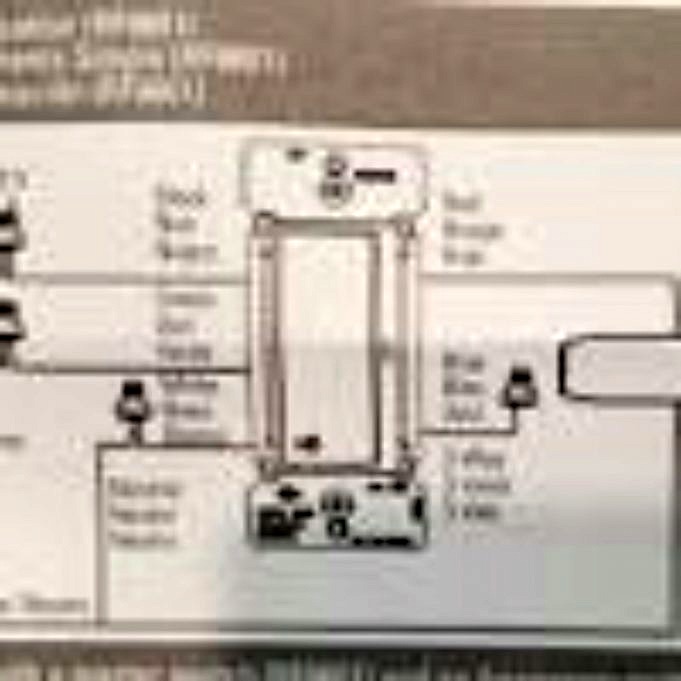3-way switch wiring isnt the most complicated electrical job in the world, but its not quite as simple as a 2-way switch. There’s another way! Although it is a corny comment, 3-way switch wiring can be useful in a variety of applications. However, it can be difficult to remember which orientation the wires are. Its handy to have a guide you can look to when the right three-way setup slips your mind, particularly if its an installation you havent performed very much in the past. After all, each wire serves an important purpose in a three-way configuration, and theres a different wiring diagram depending on where the power enters the circuit.
Let’s discuss 3-way switch wiring. How does it work? And how do you install it. Safety note: electrical wiring can be dangerous and may cause serious injury if performed improperly. Dont attempt to work on electrical wiring if you dont have any training. Before you do any electrical work, always turn off the power supply.
What Does 3-Way Switch Wiring Serve?
When wiring a fixture with multiple controls, 3-way switches can be useful. A 3-way switch on both sides of a staircase is one example. Some rooms have two or more entryways located far apart from each other. These applications can be completed or broken by either of the three-way switches.
How 3-Way Switch Wiring Works
A 2-way switch has its two screw terminals (and the ground wire) so that it can flip on or off a single light fixture. A 3-way switch, however, has three terminals (and ground) The common terminal is the terminal with a darker color. Common terminals are the components of switches that transmit power from the source to their destination. That destination might be either the light fixture itself or the other switch, where it will be forwarded to the light fixture.
The other screws on the 3-way light switch box are called the traveler terminals. These connect wires called the traveler wires, which carry power between each light switch box. Alternatively, the switch wires may interrupt the circuit, depending on which way the light switch is flipped.
Types Of Connections For 3-Way Switch Wiring
The connections at the common and traveler terminals will differ depending on which light switch you use. A light switch may even allow for multiple methods of connecting a wire or wires for power, allowing you to use your preferred way. Each light switch has screws at the sides. A 3-way switch may have slots or holes you can use to insert the wire or wires. A light switch may even come with a spring mount that allows you to quickly and easily snap in the wires.
No matter how your light switch is configured, the principle remains the same. The connections clamp the hot wire and traveler wires to the screws in the switch to make a solid electrical circuit.
Correctly Wiring A 3-way Switch
Important Note: This guide is only for working with copper wire. Your wires that are gray are considered aluminum wires. Don’t try to wire aluminum wire by yourself. Get help from a professional when wiring a 3-way aluminum switch.
There are several ways to wire your 3-way switch, depending on the location of the power. This could occur at either switch location or at the light fixture itself. Check each wiring diagram for a better idea of what to look for.
No matter which switch wiring orientation the wiring diagram recommends for your 3-way switches, youre going to follow the same general steps to power your new circuit.
As with any electrical project, start by turning off the circuit at your breaker box. You want to do this before touching a single wire.
Next, you’ll need to add an electric box for the second 3-way switch. It is possible to need to replace your original box with one that can hold more wire. Youll use one of two wire gauges: 14-3 NM wire or 12-3 NM wire. The 14-3 wire will come with a black, white, and red connector as well as a ground wire.
To connect the boxes, run your wire through them. Refer to the wiring diagram and attach each wire to the correct 3-way switch. Wrap each wire with electrical tape to keep them all in check, especially if they are the same color (the white ones).
At this point, youre going to follow your specific wiring diagram. Make sure to understand where each wire connects to each 3-way switch and the light. You also need to know where the power is entering the circuit, whether its from the first 3-way switch, the second switch, or the light.



